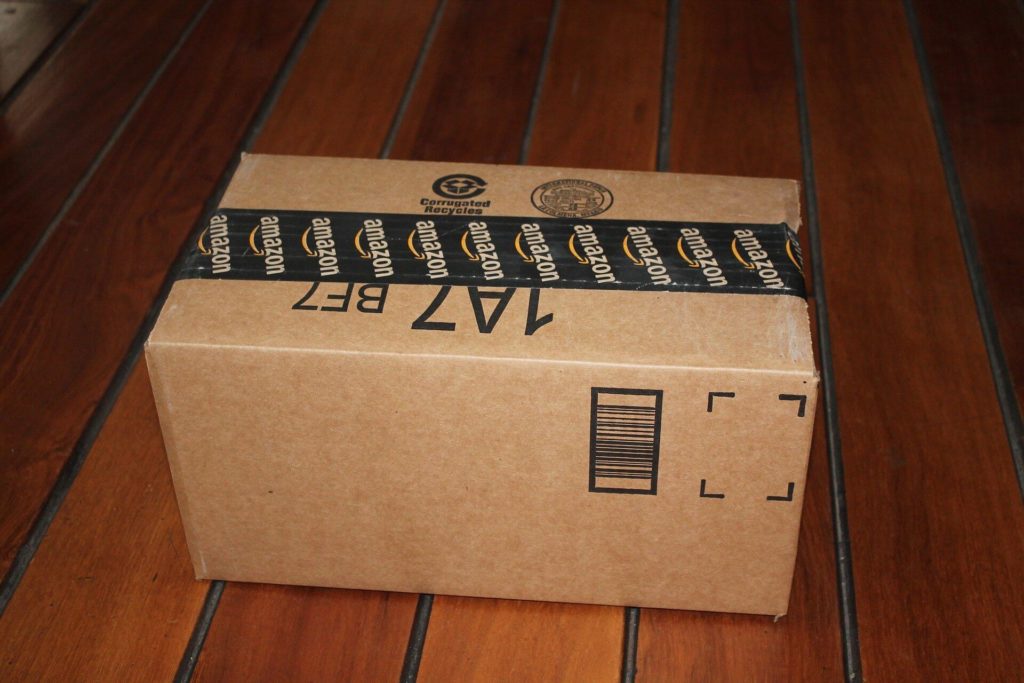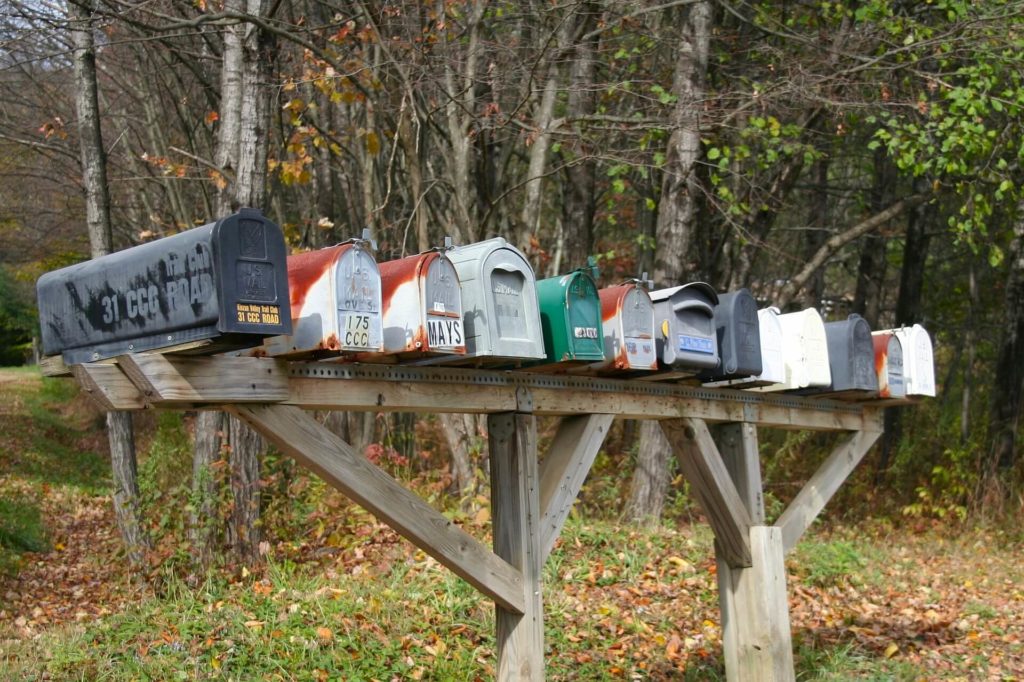Coronavirus: Package Delivery Safety

~ Updated June 3, 2020
Many of us are continuing to (try to) take advantage of online shopping for household staples and basics in the midst of the COVID-19 pandemic in our ongoing attempts to minimize outings. (Boy do I miss 2-day shipping, though, sheesh.)
Back in March, there was some back-and-forth about the presumed safety of mail/packages — now, we’re a few months into this thing and scientists are still basically suggesting the same: we can use reasonable caution when accepting deliveries, but the risk of surface transmission is very low.
We’re still learning more about transmission, but the coronavirus is primarily spread person-to-person, through respiratory droplets (in saliva and mucus dispersed in the air from coughing, sneezing, talking, etc. — including from pre-symptomatic or asymptotic individuals). The virus can, however, also remain infectious for a period of time on various surfaces, including cardboard. In one early study on viral transmission, researchers detected the coronavirus 2-3 days post exposure on plastic and stainless steel surfaces and 24 hours post-exposure on cardboard.
But this study took place under laboratory conditions. In “real life” (THIS is real life??), the risk of becoming infected from deliveries (or groceries, for that matter) is very low.
At first, since I knew it’s technically possible for the coronavirus to live on cardboard for up to a day, I was taking measures like this when I received deliveries:
- Leave the package alone (don’t touch/retrieve it) for 24 hours (or bag it and leave it for 24 hours… or leave it for even a couple of hours… or leave it just inside your doorstep for a day);
- Open deliveries outside your home/apartment and dispose of packaging immediately, then wash your hands right away;
- Disinfect small packages or mailers with a lysol wipe
Now, with more experts and information suggesting that surface transmission is just very unlikely, combined with where I live (and also because this^^ was starting to get real old), I just bring any packages I receive inside (wash my hands right after) and leave it alone for a day (sometimes less), then let my kids have the box to play in/with.
The good news — unlike bacterias, coronaviruses don’t multiply outside of a human host, and they are relatively easy to kill, which is part of why public health experts are urging us to disinfect high-touch surfaces regularly and wash hands frequently.
And actually, even without being formally disinfected, viruses will degrade over time — they’re vulnerable to the elements. In a Washington Post article, one scientist explained that concerns about surface transmission deteriorate over time, with the highest risk for transmission from touching an infected surface being somewhere between the first ten minutes to two hours.
Dr. Anthony Fauci, the NIAID director and a member of the national coronavirus Task Force, also noted that “if you start thinking about money and mail and things like that, you can almost sort of immobilize yourself, which I don’t think is a good idea.” Indeed, the scientific consensus continues to be that we shouldn’t be panicking over mail deliveries (or groceries themselves).

Most health experts say that though there is a theoretical risk of surface transmission, the real risk of transmitting the coronavirus from an infected surface is “minimal” for the general public (actually, as many of us know by now, there’s a much greater risk for delivery workers, so let’s all give them a big shout-out from a safe distance — seriously, thank you).
In short — surface transmission is not the primary mechanism by which the coronavirus is spreading, and you’re probably much better off focusing your energies on more effective prevention efforts (like social distancing, wearing a face mask, washing your hands, etc.)… but if being cautious with any deliveries you receive makes you feel better, by all means go for it. No harm there.
→ Back to Coronavirus News and Information